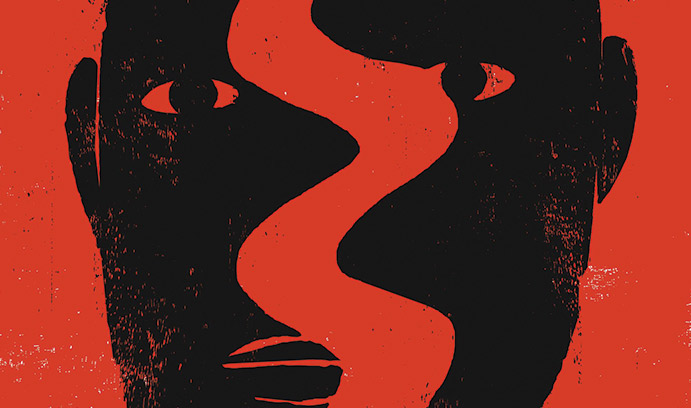Expressing Depression

In diagnosing mental disorders, mental health professionals turn to the Diagnostic and Statistical Manual of Mental Disorders (DSM-V), which catalogues all American Psychiatric Association-recognized mental disorders and their symptoms. The manual is the primary source of diagnostic information not only for clinicians and researchers but also for psychiatric drug regulation agencies, health insurance companies, pharmaceutical companies, the legal system and policy makers.
This approach, however, may not be effective for African Americans suffering from depression, says Sirry Alang.
Depression in African Americans is expressed in ways that are inconsistent with symptoms of depression laid out in the DSM-V, says Alang, assistant professor of sociology and anthropology. She suggests that clinicians and researchers should be asking if the instruments they use to diagnose and assess depression—including DSM-V—are valid among African Americans.
Alang spent 12 months in a disadvantaged, predominantly black, urban neighborhood in the Midwest to understand how African Americans perceive depression. She participated in activities, shadowed residents and conducted informal interviews with key contacts in their homes, at church, during community events and in other public places. She details her findings in a paper, "'Black folk don't get no severe depression': Meanings and expressions of depression in a predominantly black urban neighborhood in Midwestern United States," which was published in the journal Social Science & Medicine. The study results have significant implications for the clinical assessment of depression and for the measurement of depression in community surveys.
In the paper, Alang suggests that African Americans perceive depression as a weakness inconsistent with notions of strength in the community, rather than as a health condition. Consequently, she says, "it is impossible to effectively diagnose and treat depression among African Americans if their perspectives about depression are not taken into account."
Although depression was expressed through classic depressive symptoms such as feeling hopeless, loss of sleep and losing interest in activities, Alang says, symptoms such as anger, agitation and the frantic need for human interaction were considered to be indicative of depression as well. These symptoms are inconsistent with symptoms of depression in the diagnostic manual.
If they are focused on depression as defined by the diagnostic manual, clinicians might "miss" symptoms such as anger in African Americans, says Alang. But clinicians won't miss these symptoms altogether if they are open to the possibility that some African Americans have their own beliefs about depression, and that they express symptoms consistent with those beliefs but inconsistent with how the DSM-V classifies depression.
Alang found that despite disproportionate exposure to social and economic disadvantage, the African Americans she studied perceive themselves to be resilient. Depression does not exist in a vacuum, but is linked to racial discrimination that is insidious and persistent within the context in which African Americans live, she says.
Alang concludes that improving black mental health calls for meaningful engagement in analyzing the racial effects of policies, practices and programs.
Posted on:




